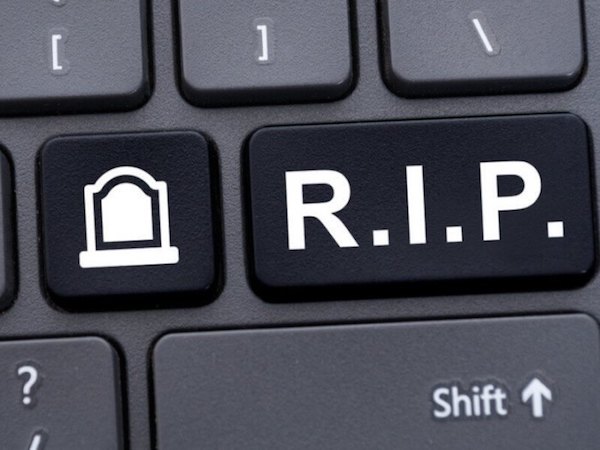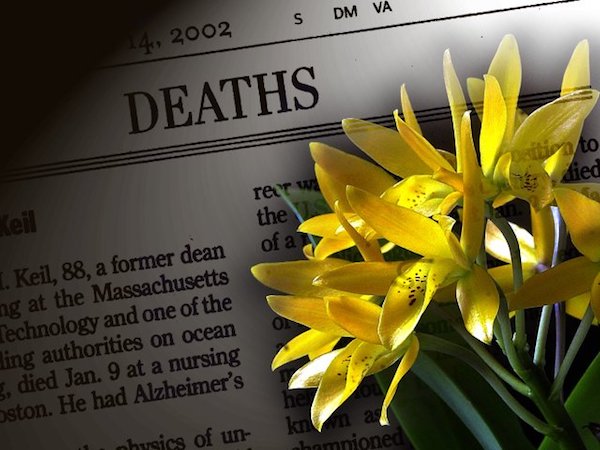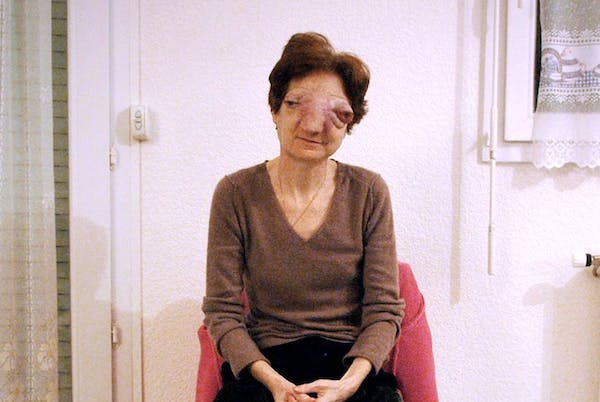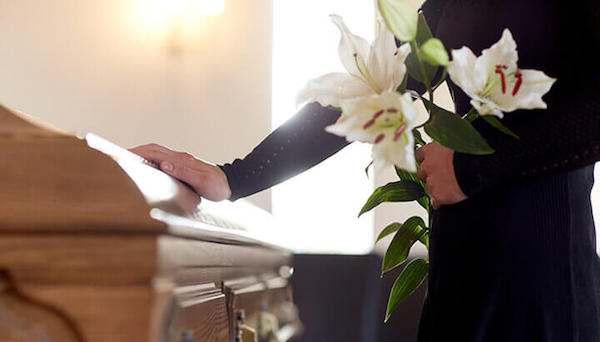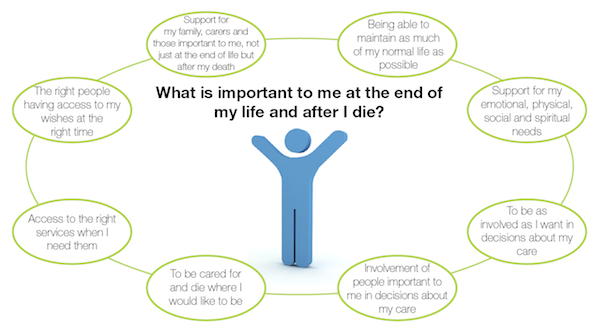
[E]xpressing condolences to a grieving friend or loved one can make the most articulate of us feel tongue-tied.
It often feels like an obstacle course of etiquette and taste: What should you say? Should you send a card or meet in person? Is an email or Facebook message acceptable? The answers to those questions often depend on your relationship to the grieving party, but here are some tips that are applicable in any situation.
Digital Condolences
Experts were divided about the use of social media to express sympathies.
In the case of someone you know mainly as a friend on Facebook, sending a Facebook message or an email could be “right on,” Sheila K. Collins, the author of “Warrior Mother: Fierce Love, Unbearable Loss and Rituals that Heal,” said in an email, adding: “Like the birthday wishes — short and to the point — ‘My thoughts are with you in this difficult time.’ ‘Sorry to hear of your loss.’ ”
April Masini, who writes about relationships and etiquette for her website Ask April, said in an email that offering sympathy via social media can fall short. Many people post comments primarily to be seen publicly expressing condolences, she said, and comforting the bereaved becomes a secondary goal.
If you do leave a message on a grieving person’s Facebook profile, be sure to follow up with a phone call, or maybe a note or card in the mail, experts said. You want your condolences to be personal and direct, so taking time to treat the grieving party to coffee or to send them a personal note means more than a quick “I’m sorry for your loss” via Facebook message or text.
Also, only offer condolences on social media if the person has posted the death and personally publicized it, said Michelle P. Maidenberg, the president and clinical director of Westchester Group Works, a group therapy center in Harrison, N.Y. The last thing you want is to force your grieving friend into an unwanted public conversation about the death.
Experts differed on the use of emails, but Ms. Maidenberg recommended against them.
“It puts the burden of responsibility on the other person to respond, and if they don’t have the time or wherewithal to answer, they could be left feeling regretful and guilty,” she said.
How to Get Started
As soon as you learn your friend has lost someone, send a note or condolence card. It can be difficult, but put yourself in your friend’s shoes and consider how helpful it would be to have someone to lean on during a tough time. Ms. Masini acknowledged that writing a condolence card can be a challenge, but she warned against procrastinating.
“Schedule some quiet time to compose a heartfelt message,” she wrote. “Chances are the person you’re writing to is going to value this card way more than you realize and will reread it several times, especially if you knew the person who died.”
You can start with “I’m sorry for your loss” or “My thoughts and prayers are with you.”
Draw on Your Memories
If you knew the person who died, talk about how what you loved most about that person.
“Your written memories are going to be like Christmas ornaments on a tree,” Ms. Masini wrote. “Help the bereaved grieve and remember fondly the one they’ve lost with your detailed anecdotes, memories and compliments.”
Ms. Collins said sharing something positive is a “very powerful action” that reminds the bereaved of how others interacted with the person who died.
“You want the person to get the message that you care, that they are not alone in their grief,” she said in an email. “You want to offer support, comfort and encouragement.”
Offer Concrete Ways to Help
“Making general offers of help such as ‘Let me know if I can be of help’ will go nowhere, so be specific when you offer your help,” Mr. Alpert said in an email.
Similarly, “I’m here if you want to talk” or “I’m around if you need anything” puts the onus of action onto the grieving party, who’s already struggling emotionally and may not have the energy to reach out. Instead, be proactive and spend that energy so they don’t have to.
He suggested: “I’d like to bring you dinner on Tuesday evening” or “I’m going to the grocery store and would like to bring you food. What can I get you?” The goal is to be helpful and offer comfort during a difficult time.
What Not to Say
Don’t make it about you. Avoid referring to your own experiences with the death of a loved one, Ms. Masini wrote, adding that those references can be saved for a future conversation.
“For now, comparing the loss of your beloved pet to the loss of your uncle’s brother diminishes the death at hand,” she wrote. Similarly, don’t try to empathize so much with your friend that they wind up feeling like they have to console you.
Avoid clichés, and do not use expressions such as “It happened for the best” or “I can’t imagine what you’re going through.”
If you are stumped about what to write or say, look for inspiration in sympathy cards or search online for sample condolence messages.
Just Being There Matters
Linda Fite of Kerhonkson, N.Y., emphasized the importance of reaching out. Don’t avoid sending a note because you are unsure of what to write, she said in a Facebook posting.
“Honestly, when my mother died, I was so touched and lifted up by ANY and all the expressions of sympathy,” she wrote.
Ms. Collins, who had a son die of AIDS at 31 and whose daughter died of breast cancer at 42, emphasized the importance of reaching out.
“It is often difficult to know what to do in situations like this, and everyone feels a bit unnerved and intimidated,” she wrote.
She said she was “deeply comforted” by cards, phone calls and visits, adding: “As supporters we always think, ‘I don’t want to bother them now.’ The truth is that grieving people need bothering so they don’t spend all their time grieving.”
Complete Article HERE!

